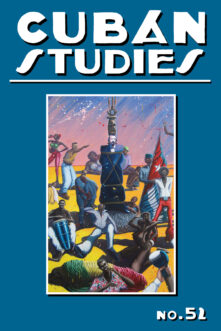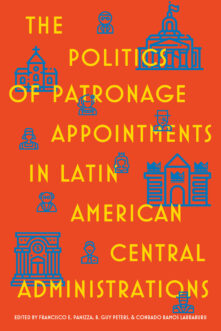Books
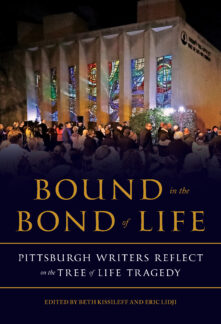
Bound in the Bond of Life
Pittsburgh Writers Reflect on the Tree of Life Tragedy
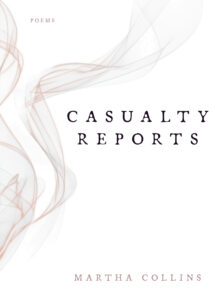
Casualty Reports
Poems
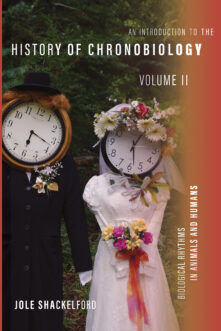
An Introduction to the History of Chronobiology, Volume 2
Biological Rhythms in Animals and Humans
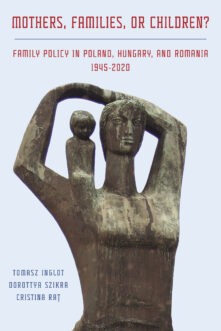
Mothers, Families or Children?
Family Policy in Poland, Hungary, and Romania, 1945-2020
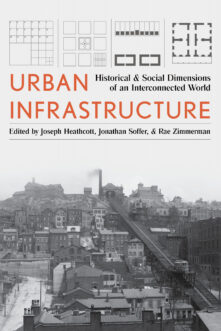
Urban Infrastructure
Historical and Social Dimensions of an Interconnected World
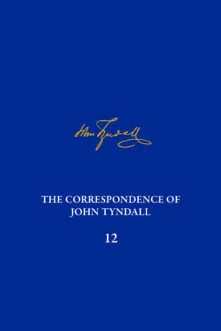
The Correspondence of John Tyndall, Volume 12
The Correspondence, March 1871-May 1872
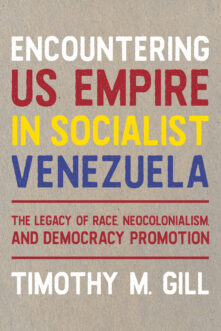
Encountering US Empire in Socialist Venezuela
The Legacy of Race, Neo-Colonialism, and Democracy Promotion

Territorial
Poems
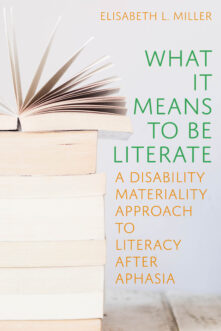
What It Means to Be Literate
A Disability Materiality Approach to Literacy after Aphasia
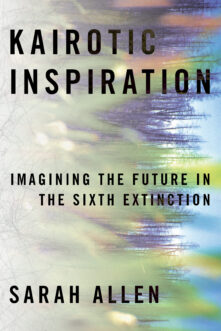
Kairotic Inspiration
Imagining the Future in the Sixth Extinction
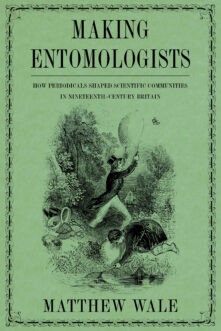
Making Entomologists
How Periodicals Shaped Scientific Communities in Nineteenth-Century Britain
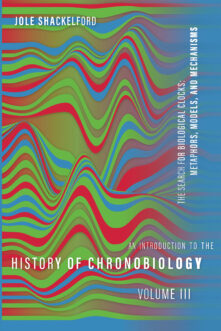
An Introduction to the History of Chronobiology, Volume 3
Metaphors, Models, and Mechanisms

Endurable Infinity
Poems
Total 1551 results found.


